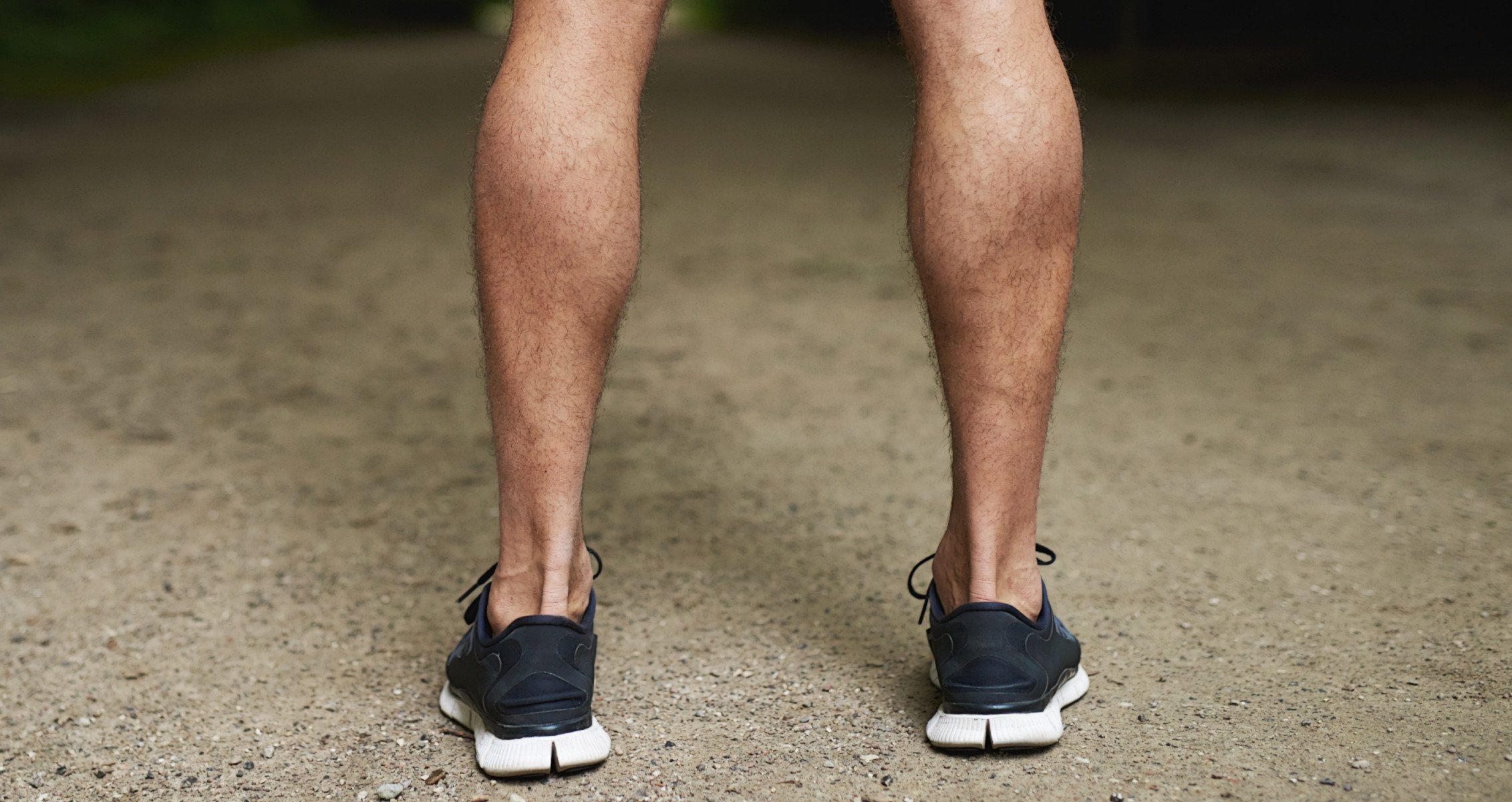Best Calf Training Circuit To Turn Your Calves Into Bulls
When it comes to one of the most stubborn muscle groups to grow, calves are certainly at the top of the list. Sure you can train them just about every day, but it seems like they just will not budge when it comes to increasing in size. While it might be hard to grow your calves, only a few other muscles look as cool as a pair of giant and shredded calves. If you’re like most people, performing 2-3 calf exercises at 3 or 4 sets of 12-15 won’t do much for your calf gains, so what can help?
You need to be hitting all the three heads of your calves for optimal calf development. In this article, we’ll give you a circuit workout which will leave your calves begging for mercy, and in reality they will have no choice but to grow. In the workout, you’ll be changing volume and intensity to get the most out of your workout.
Calf Circuit 1 – 3 Sets
Seated Calf Raises (Neutral Feet Placement) – 10 Reps
You’ll be doing performing three rounds of the first circuit before moving onto the second circuit. Seated calf raises work the soleus muscle which will give your calf width towards the outside of your lower leg, so when you are looking at them from the front they will look pretty beefy.
Your calves have two kinds of muscle tissues. The gastrocnemius is a fast-twitch muscle tissue while the soleus is a slow-twitch muscle. You’ll see better results by performing the ten reps of the seated calf raises with a 10-second pause at the bottom of the movement.
Hold and contract your calves at the top of the movement for a second before returning to the starting position. The neutral feet placement means that your feet will be parallel to each other while performing the exercise.
Standing Calf Raises (V-Feet Placement) – 20 Reps
The standing calf raises work the gastrocnemius which is the heart-shaped muscle. While performing the exercise, you’ll place your heels close to each other while the toes will be pointing outwards.
The V-feet placement helps in targeting the inner head of the calves. Since the gastrocnemius is a fast-twitch muscle fiber you’ll be performing 20 reps of the exercise without pausing at the bottom of the movement.
Donkey Calf Raises (A-Feet Placement) – 20 Reps
Donkey calf raises are one of the most underutilized exercises. If you don’t have a donkey calf raise machine at your gym, you can perform the exercise by asking someone to set on your back while you do the calf raises on an elevated platform, just like 7x Mr. Olympia champion, Arnold Schwarzenegger used to do with his training partner, Franco Columbu.
While performing the calf raises, you need to keep your toes next to each other and the heels pointing outwards. The A-feet placement works the outer head of the calves. You’ll be pausing for a second and contacting your calves at the top of the movement.
Calf Circuit 2 – 3 Sets
Leg Press Calf Raises (Neutral Feet Placement) – 20 Reps
While you’re performing a circuit, there should be no rest between exercises, this really gets the blood pumping and brutalizes your muscles. After you’re done with one set of the exercise, rest for 45-60 seconds before starting the next set. The leg press calf presses work the gastrocnemius.
Smith Machine Calf Raises (V-Feet Placement) – 20 Reps
Most people let their egos get the better of them while training calves. Make sure you’re not lifting more weights than you can handle. Following a full range of motion is of utmost importance in calf development.
Seated Single-Leg Calf Raises – 20 Reps
Performing unilateral exercises can help in developing strength and fix muscle imbalances. While performing the calf exercises, you should be on your toes at the top of the movement. Your feet should look like the feet of a ballerina at the contraction point.
Wrap Up
Overall, training calves can be a daunting task that no one really wants to deal with. In reality, your calves can take a bit more of a beating, as you are using your calves every day from walking up the stairs to standing on your tippy toes to get something off the top shelf. They are one of the muscles that you can truly overtrain and really beat them up.
How often do you train your calves? Let us know in the comments below. Also, be sure to follow Generation Iron on Facebook, Twitter, and Instagram.










